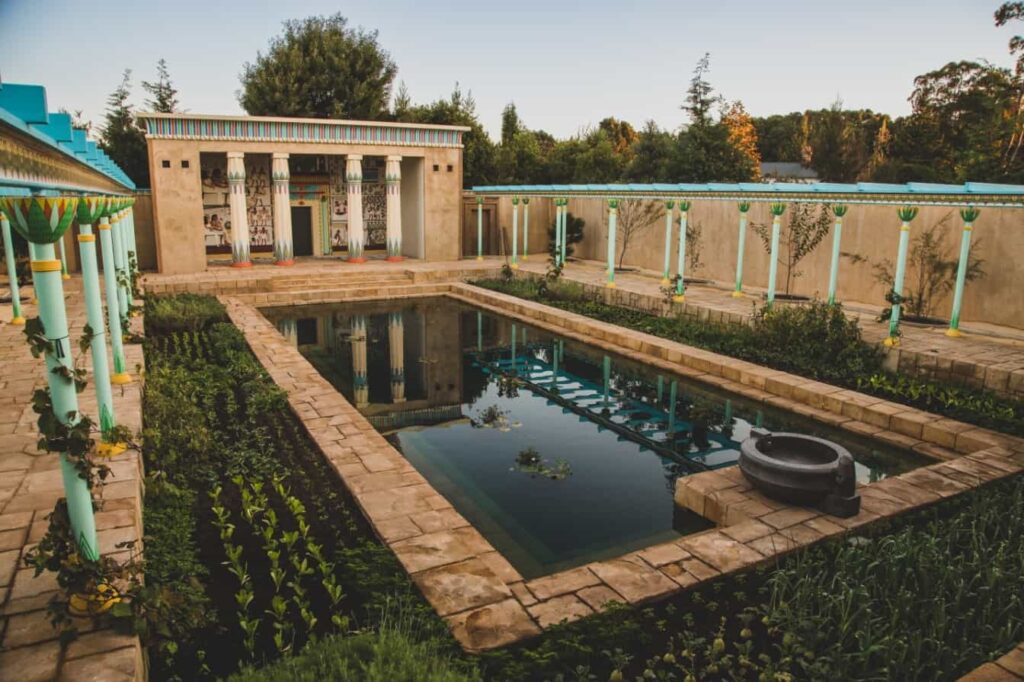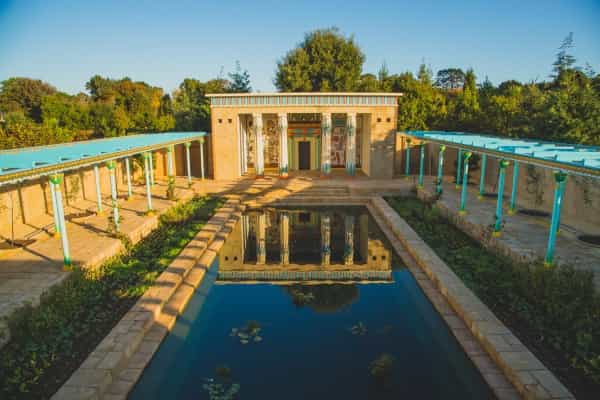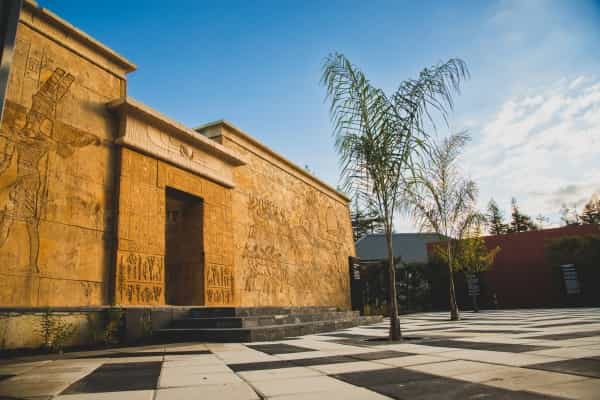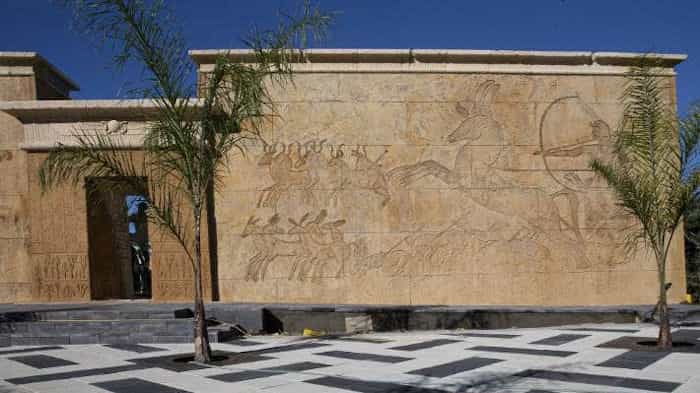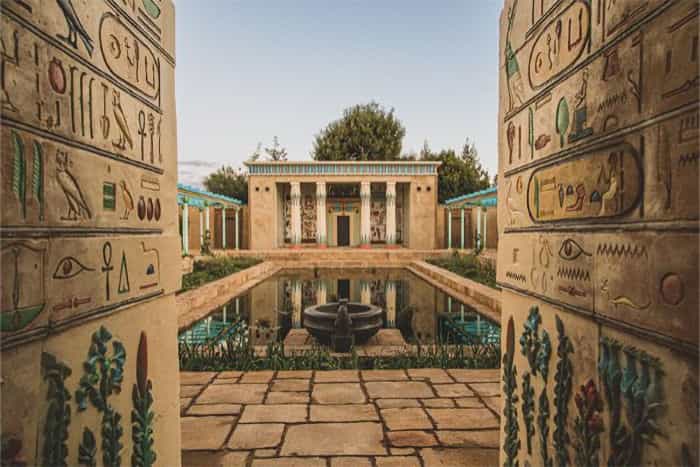Have you ever wanted to experience what it would be like to be transported back in time to ancient Egypt? The Hamilton Gardens in New Zealand have made this possible with the creation of the world’s first ancient Egyptian garden.
The Temple Garden at Hamilton Gardens is based on a typical temple from the Middle Kingdom period, which was a time when temple gardens produced the floral, vegetable, and fruit offerings used in sacred rituals.
These gardens also grew the plants used in perfumes for anointing statues of the gods and creating garlands of flowers for religious processions.
According to Lucy Ryan, the director of the Hamilton Gardens, “Temple compounds all shared a similar, highly symbolic design. They were enclosed by high walls. The gardens featured a central, rectangular pool, with pergolas covered in grape vines and rows of trees often linked with irrigation channels.”
The Ancient Egyptian Garden will be part of the “Productive Garden collection” at the Hamilton Gardens, which is a collection of gardens that explore the relationship between people and plants.
The layout and plantings of the garden are symmetrical and are based on the measurements of a cubit, which is the distance from the tip of the longest finger to the elbow.
The garden features familiar food crops, such as parsley, onions, and radishes, as well as grape vines, fig, olive, and almond trees, and date palms. The exterior walls are adorned with artwork depicting Pharaohs Ramesses II and Ramesses III.
Gardens in ancient Egypt were sacred spaces that were only accessible to a select few, and this garden has been created to showcase how a belief in the afterlife has shaped human culture from the earliest times.
Dr. Peter Sergel, who researched and designed the garden, traveled to Egypt in 2018 and also drew on the expertise of Egyptologists at Oxford University and in New Zealand.
According to Sergel, “We know about ancient Egyptians as builders of pyramids and temples and as fantastic artists. But they were also brilliant horticulturalists. Ancient Egypt was considered the bread basket of the Roman Empire.”
The temple garden is a representation of the belief in the afterlife and is a place for spirits and gods. It is also a place for people to learn about the history of gardens and civilizations, dating back 4,000 years to 2040 BCE.
Visitors can feel as though they are traveling back in time when they enter the garden through the entrance passage, as it is like a time machine that transports them to the Middle Kingdom of Egypt.
The bright colors used in the garden were chosen based on research on sealed tombs and chemical analysis. The opening of the Ancient Egyptian Garden marks the beginning of the 4000-year history of gardens and civilizations at the Hamilton Gardens, and it is a unique opportunity for people to learn about the sacred plants and rituals of the Pharaohs.
